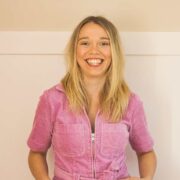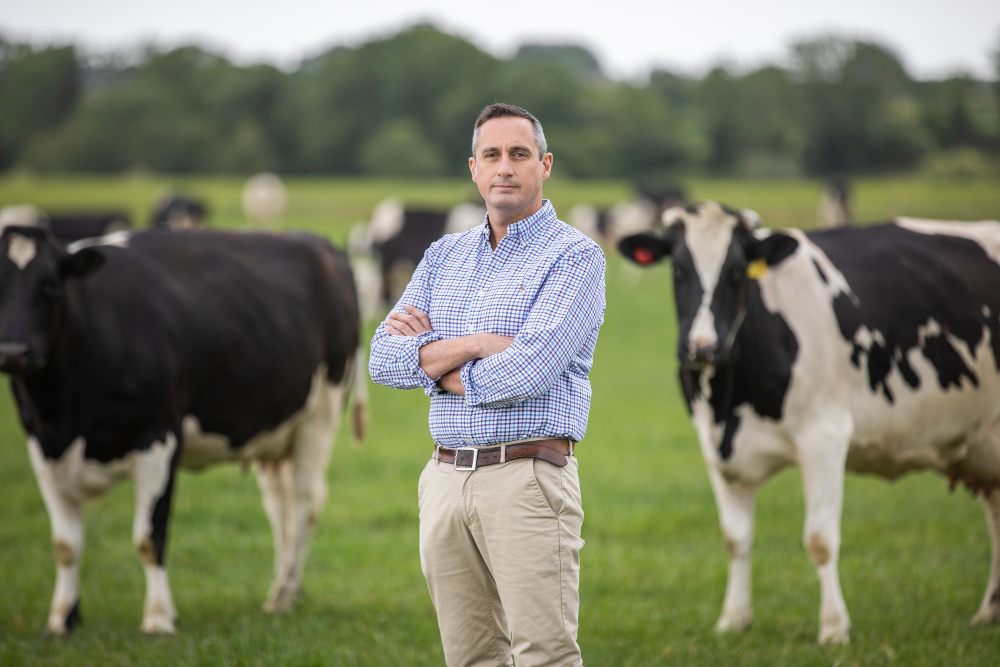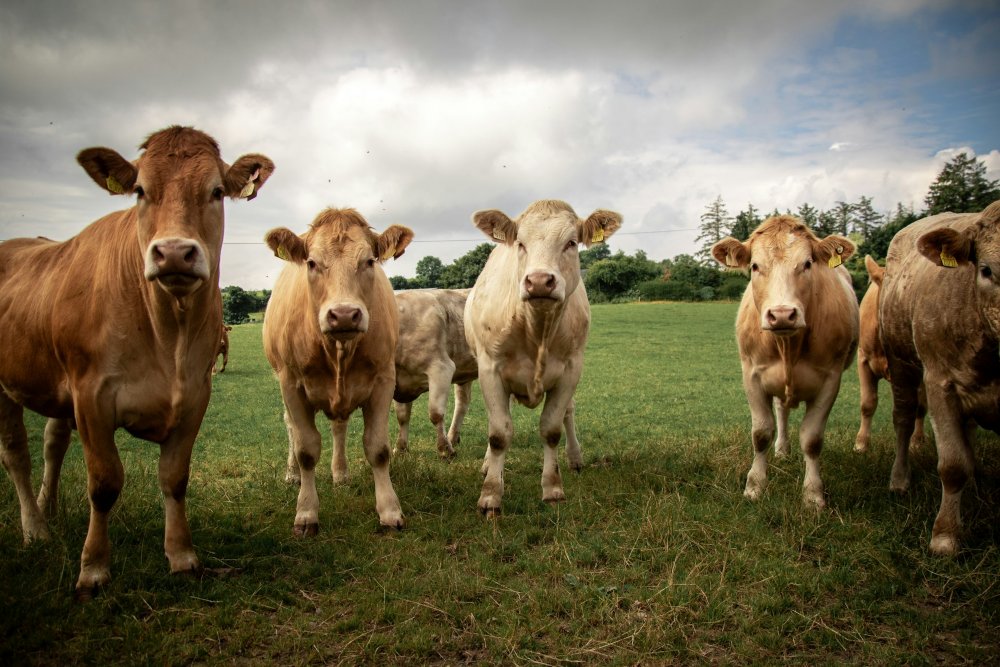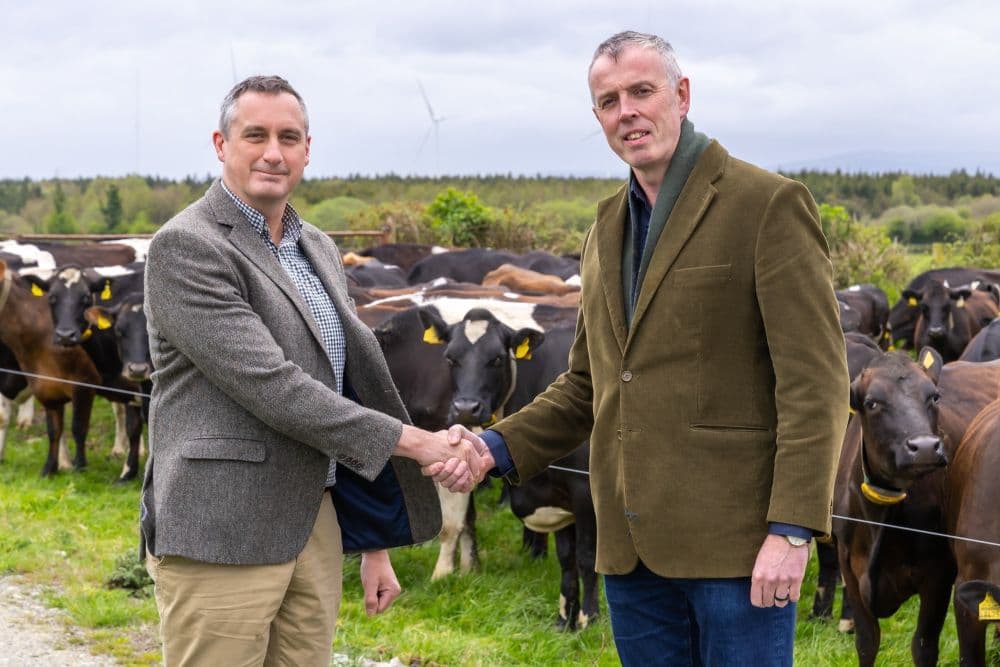Podcast Ep 273: In the lead-up to the 2025 Ploughing Championships, Bank of Ireland’s Eoin Lowry and Senus’s Stephen Coen discuss agriculture’s digital and sustainable future.
In the latest ThinkBusiness Podcast, Eoin Lowry, head of Agri Sector at Bank of Ireland, and Stephen Coen from Senus, discuss the agricultural sector’s remarkable turnaround in 2025, upcoming National Ploughing Championships, and how technology is helping farmers measure their environmental impact.
Irish agriculture is on track for its most profitable year in recent memory, according to Lowry, driven by favourable weather, surging livestock prices, and strong global commodity trends, according to Bank of Ireland’s Head of Agriculture, Eoin Lowry.
“We’ll be giving farmers the opportunity to have a free consultation to measure the environmental impact of their farm and the footprint that is unique to their farm”
In his latest Sectoral Insight & Outlook, Lowry reports that cattle prices have jumped 43%, calf prices nearly doubled, and milk prices rose 12% since mid-2024. These gains reflect global dynamics, with the FAO Food Price Index hitting a two-and-a-half-year high and meat prices reaching record levels due to tight supply and robust demand.
Irish farm finances are strengthening
-
You can also listen to the Podcast on:
-
Spotify
-
SoundCloud
-
Apple
Overdraft usage is down 25%, farm deposits are projected to rise by €1 billion, and total farm debt has dropped to a 25-year low of €2.65 billion. Farmers are increasingly funding growth through cashflow rather than borrowing.
Beef and dairy farms are seeing major income boosts, with margins on suckler farms up 90% and dairy incomes expected to rise 30%. Sheep farms are benefiting from higher lamb prices amid falling production.
However, investment appetite is weakening. New lending fell 19% in Q1 2025, amid policy uncertainty, ageing demographics, and geopolitical risks. The potential loss of Ireland’s nitrates derogation could cost dairy farmers up to €555 million and force herd reductions.
Despite these challenges, Lowry remains optimistic about the sector’s long-term prospects, citing strong balance sheets and continued support for environmental sustainability from Bank of Ireland.
A very good year
Lowry said that 2025 weather-wise was a better year for farmers which was reflected in the strong performance of the sector.
“Farmers couldn’t have had two more opposing years. 2025 has been the polar opposite to what 2024 was, in terms of weather, income and profitability on farms. That’s been driven and helped along by the really favourable start to the year. Coming from 2024, they came in a strong position despite the first half of 2024 being bad from a weather perspective and income perspective, but the back half of the year was good. So that saw them coming into 2025 in a very strong position, and things have improved significantly since then, helped by the weather.
“If we look at global commodity prices, they have all increased across the agri commodities. You can see meat prices now are at record levels and are up 6% year on year, which has really helped farm incomes, particularly on the beef side. We can see dairy prices are up 22% at a global level compared to a year ago. Cereal prices, while they are a little higher than last year, are probably not faring as well as other sectors. Overall, commodity prices that farmers are getting in terms of farm gate prices are up, costs are fairly stabilised, and the weather has really helped grass growth conditions, animal performance and cereal yields since the start of the year.”
This year’s Ploughing Championships take place in Tullamore between 16 September and 18 September. Given the stronger year for Irish farming, Lowry expects the mood to be confident.
“We’re seeing that at Bank of Ireland. What we’re seeing is that farm deposits are significantly up from where they were this time last year. Our overdraft utilisation levels have fallen back to the lowest level in a number of years, and farm debt levels are at 25-year lows. So farmers are in a really strong position at the moment financially. That is going to be partly seen in increased tax bills coming into the autumn. But there’s also going to be an appetite for farmers to invest in their farms over the summer months, be it additional animal slurry storage or animal housing, or investment in machinery. I think we’re going to see at the ploughing this year very strong sentiment and a lot of confidence with farmers as they look forward into 2026 and beyond.”
Sustainability in action
Bank of Ireland’s presence at Ploughing 2025 will focus heavily on sustainability.
“We will have our expert team of agri advisors who are based all around the country going to be on the stand over three days. They’re there to essentially meet and engage with our customers, to guide them and explain what supports we have out there. Of particular interest this year will be our deposit rates and some of the investment options available to our customers – pensions, and then looking at what kind of sustainable loans are out there as farmers make choices around enhancing and improving their farms. Such as EnviroFlex – a very competitive rate for dairy farmers this year as well.
Sustainability, he said, is becoming more and more to the fore on farms. “I’m very excited that we’re going to have Senus on our stand this year. Senus is an Irish company, and we’ll be giving farmers the opportunity to have a free consultation to measure the environmental impact of their farm and the footprint that is unique to their farm. This technology and tool will be a great support to farmers to put them back in control as to what their environmental footprint is.”
Stephen Coen explained that the technology, previously known as FarmEye, goes to the heart of agriculture’s digital future.
“Senus is a software company. We’re based out of Athlone, and it was a spin-out from the University of Galway almost 10 years ago now. We’re a software company that works in the agri-tech or climate-tech space. What we do is we measure natural capital – things like soil, soil health, soil carbon, water quality, biodiversity and habitats on farms and on land banks.
“It’s a geospatial mapping-based platform. We work with farmers, agri corporates, agri advisors, State agencies, where we map sites and layer that with key data, be that data from in-field, remote sensing, satellite or through drones, and then we make sense of that for the land manager. We give farmers useful insights to make strong, actionable practices or interventions on their farms.”
Coen said that Senus’s partnership with Bank of Ireland is a game-changer. “We’ve been happy to collaborate and build a software tool with Bank of Ireland over the last 12 months. It’s called Senus ERA – the Environmental Reporting Assistant. What it’s doing is pulling in a wealth of publicly available information and data sets relevant to each farm on our system. The data sets we’re looking at are National Parks and Wildlife Services, the Environmental Protection Agency, Teagasc information, and we’ve also pulled in some Bord Bia data as part of some of the projects we’ve done with Bank of Ireland.
“What we’re doing is showing farmers their proximity to special areas of conservation for biodiversity, or their interaction with pollution potential sites across the country for phosphorus or nitrogen. We’re also giving them some insights, like soil type on their farm. For example, soil peat which is deemed an emitter of carbon. So we’re starting to show farmers insights and areas on their farm of significance where they can start to make some action.”
Coen described Senus ERA as a one-stop-shop for farmers to see all of that data in one place.
“All the farmer has to do is log in, see their site. We can digitise their farm in a matter of seconds. On the day when farmers want to call to the stand, they’ll be able to see that in a quiet corner or personal corner – no one else will get to see it – and what we will do is we import that information into the system and layer it over the farm’s layer itself. So it’s quite simple for us to do that.
“All we need to do is see what’s publicly available, and we have a wealth of really good data sets here in Ireland, far better than a lot of our counterpart nations, be that in the UK or Europe. But what we’re doing is making sense of that for the farmer, because it’s not drones and really high tech. It’s not to be intimidated by it. It’s just that we make it look really simple for the farmer. Often we see tech as ahead of adoption, but what we’ve done, and what we’re specialists in, is making it really relative to the farmer. They’ll start to see on their own farm, and farmers really like to engage looking at their own farm – it makes sense to them.”
Eoin Lowry added that for farmers to experience the Senus ERA platform in action all they need to do is bring their Eircode or townland information. “What we’d be aiming for is that they go away from that consultation with a lot more understanding of the environmental impact of their farm that can help them better make decisions as they go forward into the year ahead. I’m looking forward to meeting all of our customers on the day.”
Main image: Eoin Lowry, head of Agri Sector, Bank of Ireland; and Brendan Allen, co-founder and managing director, Senus
-
Bank of Ireland is welcoming new customers every day – funding investments, working capital and expansions across multiple sectors. To learn more, click here
-
For support in challenging times, click here
-
Listen to the ThinkBusiness Podcast for business insights and inspiration. All episodes are here. You can also listen to the Podcast on:
-
Spotify
-
SoundCloud
-
Apple





